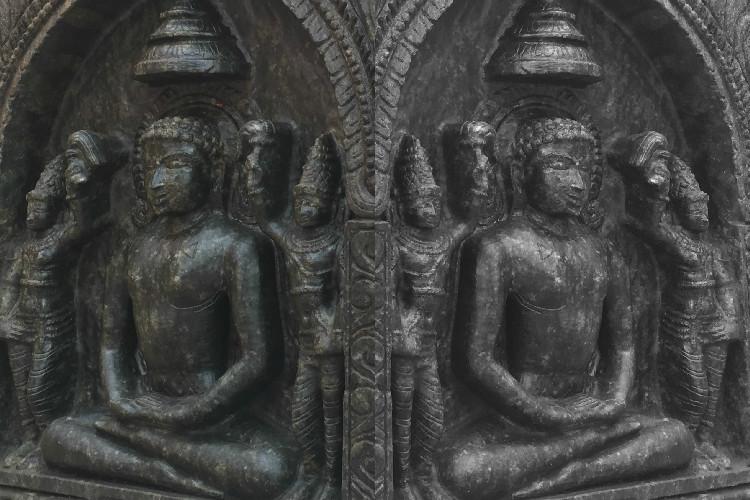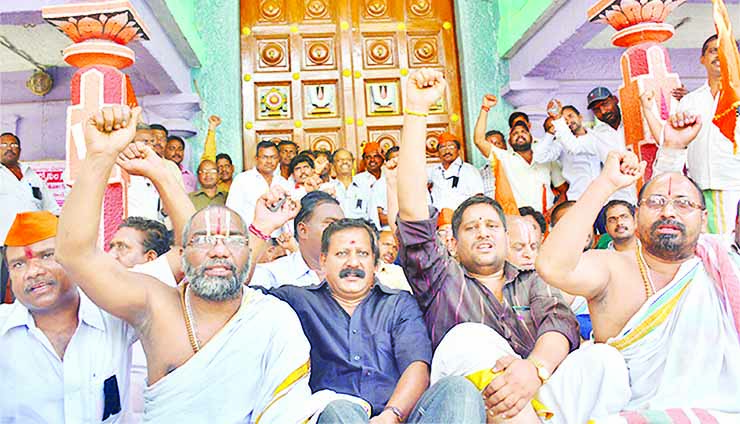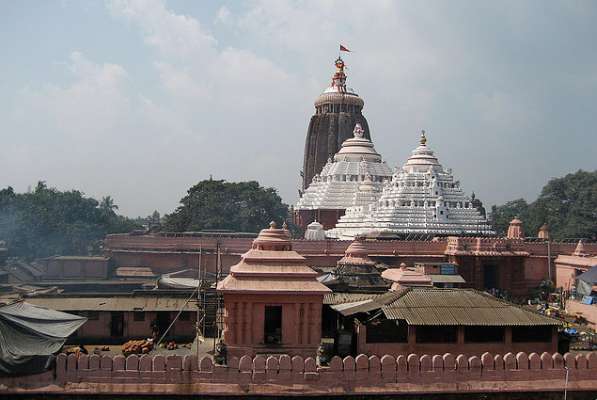Agra temple, 113 years in the making, inches towards completion | Times of India
GRA: The Dayalbagh temple in the city, being built by the Radha Soami Satsang sect, has acquired near-legendary status, not just because of its dimensions, but also the 113 years it has been under construction. After generations of workers, designers and believers contributing in their own ways to the structure, the sect’s leaders said they were finally nearing completion.
The temple’s origins are no less legendary. According to the sect’s leaders, the founder, Soami Shivdayal Singh, had a vision in 1861 to build a temple on the most fertile plot in the city. “He found a huge forest here and the sweetest water in the city, so he said this was ideal,” said SS Bhattacharya, secretary of central administrative council of the sect.
The second guru and first postmaster-general of Agra division, Saligram Mathur, built a modest temple here in 1879. In 1904, the third guru, Bhram Shankar Mishra, approved the designs of the Italian architect Frizoni.
It was an ambitious design, 193 feet in height, with intricate carvings of green, red and yellow on marble. The workers were to use indigenous tools to make the engravings. With an expected budget of Rs 50 lakh, a massive sum back then, and 100 workers, the project took off. And kept going.
Over the decades, as generation after generation of workers kept working on the project, and believers contributed money, while sect heads replaced one another, the legend grew that the temple was never meant to be completed. Sect leaders denied it.
“There were delays because of the kind of work needed here. When a worker engraving the marble by hand made a mistake, the entire block, no matter how much of it was finished, had to be discarded. That was a major reason for the delay. Now we use machines for engraving, so the work is faster,” said Satish Chauhan, security head at Soami Bagh temple.
The foundation itself weighs 100 tonnes, and the superstructure is built on 52 wells, 40-45 feet in depth and 5-10 feet in diameter, covered in concrete. The plinth is 20 feet above the ground. Marble is brought from Makrana quarries in Jodhpur, Rajasthan, green stones from Baroda, and yellow stone from Jaisalmer, just as it was in 1904. The construction is currently overseen by 80-year-old Chandani Sahab.
The dome too is inlayed with 5-foot square marble slabs, 110 feet in height as well as width. The original workers’ fifth-generation descendants now work on the project. From the Rs 2per day the first generation used to earn, the current workers, numbering 200, earn government-approved labour rates of Rs 400-500, and live nearby.
Temple authorities use only funds donated by Satsang members for building the temple. “People have tried donating large sums of money but we did not take it. They donate as much as they want in the donation box at the temple but individual donations are not accepted,” said Bhattacharya.
The sect now plans to finish the temple on time for the 200th birth anniversary of the founder in 2018. “We expect a footfall of 5 lakh people, so we have to finish the temple by December. We have demolished the current gate and will construct a new one, 240 metres high and 1,500 metres wide,” Bhattacharya added.











